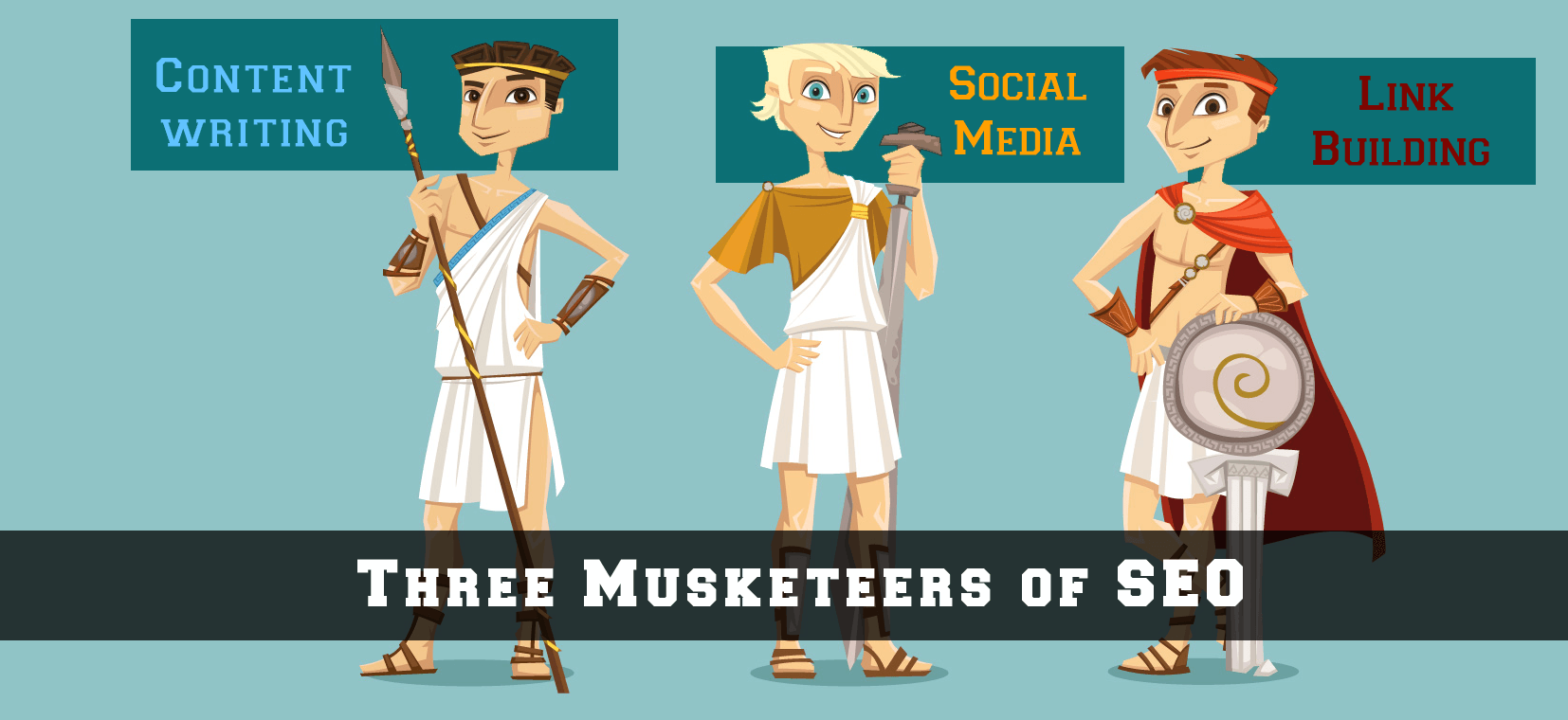Blog June 3, 2014
3 pillars of search engine optimization

Whenever you enter a query in a search engine and hit ‘enter’, you get myriads of results for the query term. Users normally tend to visit websites that are at the top of this list as they perceive those to be more relevant to the query. If you have ever wondered why some of these websites rank better than the others, then you must know that it is because of a powerful web marketing technique called Search Engine Optimization (SEO).
SEO is a technique which helps search engines find and rank your website higher than the millions of other sites in response to a search query. SEO thus helps you get traffic from search engines.
SEO is typically a set of “white hat” best practices that webmasters and Web content producers follow to help them achieve a better ranking in search engine results. There are 3 important pillars of SEO that draw maximum traffic to a particular website.
Content Writing
The first and most significant aspect is Content Writing. On the Web, content is king and always will be. The Internet is the super-highway for any information you seek, whether you need the address to a restaurant or a new pair of shoes.
No matter what material you write, it has the likely chance to reach a large audience and may benefit your purpose. If you want to increase your website’s traffic, then you need to write compelling content to satisfy your readers. Effective headlines to catch the reader’s attention and appropriate keywords usages are two of the major components facilitating SEO.
SEO web content writing includes researching and writing articles with SEO keywords to make it convenient for website visitors to find the content that they are looking for when using search engines.
Social Media
Another key aspect is Social Media. Social Media has long been a favorite tool of SEO practitioners for link building, reputation management, and user generated content. The fact that social media is critical to your online presence (and your search engine rankings) is often a tough pill for small business owners to swallow. It can be a difficult marketing strategy to measure, and it can seem like a strange way to grow their business. But the days of easily measuring your SEO strategy are long gone. It’s no longer about building numerous links and creating several optimized content pages on your website. 
These old approaches to getting search engine attention are very static. The new strategy is about being dynamic, engaged, and interactive within your marketplace. Social media is the only place you can make that happen. Being social is the fastest way to multiply your presence online. When you have a following on Twitter or Facebook or LinkedIn, you create a team of fans who can share your content. That’s what social media is all about, folks — being social! (Imagine that.) So when you write a new blog post on your business blog, you can take that content and share it on Twitter and then get some of your followers to share your content.
Link Building
Last but not the least, link popularity; it is the number of links pointing to your site from other websites. Search Engine “bots” use links to crawl from page to page to find web  content. They index that information. It’s then ready at the user level for you and me to find on our very own search engine results pages. A website like Wikipedia has millions of sites linking to it, which means it’s a popular and an important site.
content. They index that information. It’s then ready at the user level for you and me to find on our very own search engine results pages. A website like Wikipedia has millions of sites linking to it, which means it’s a popular and an important site.
Links are still the oldest and strongest signal we can give to Google about the importance of our content and site. So, if you’re working to increase search visibility, links need to be a primary consideration.
Also Read :






